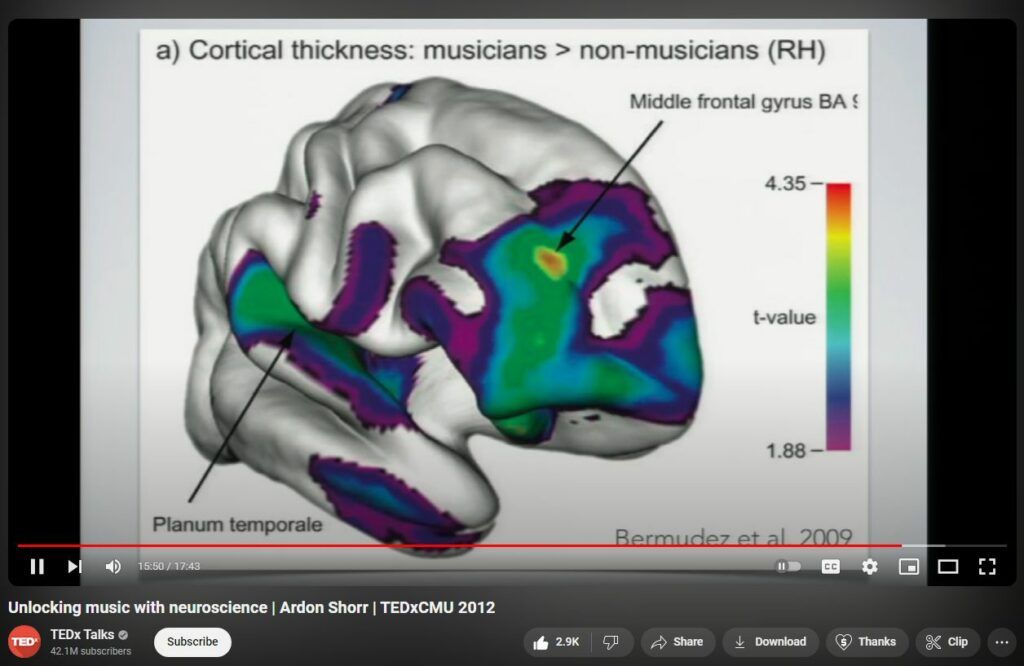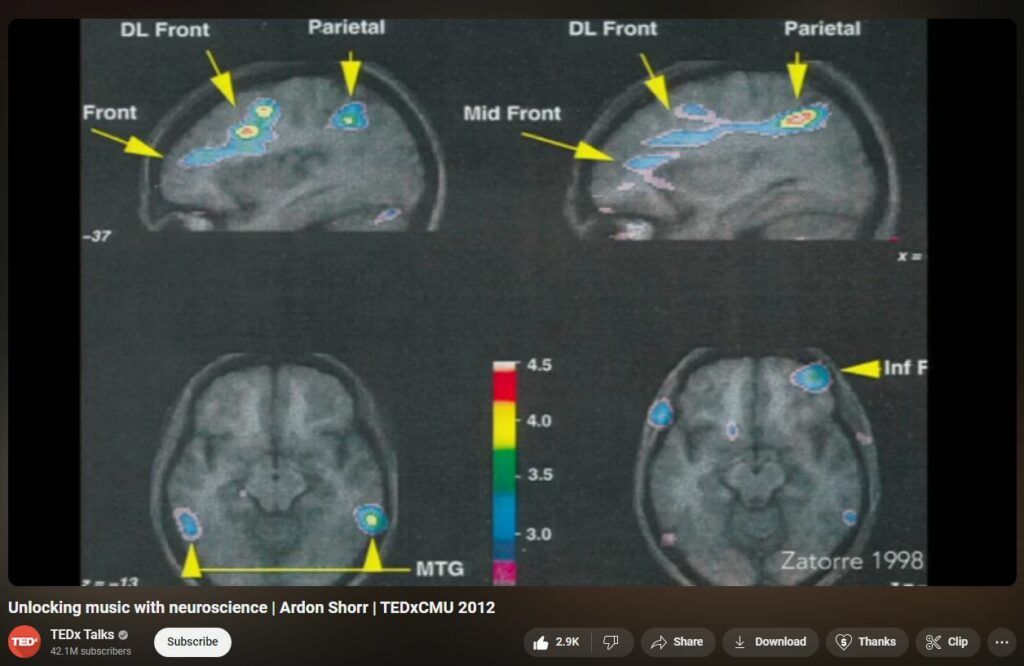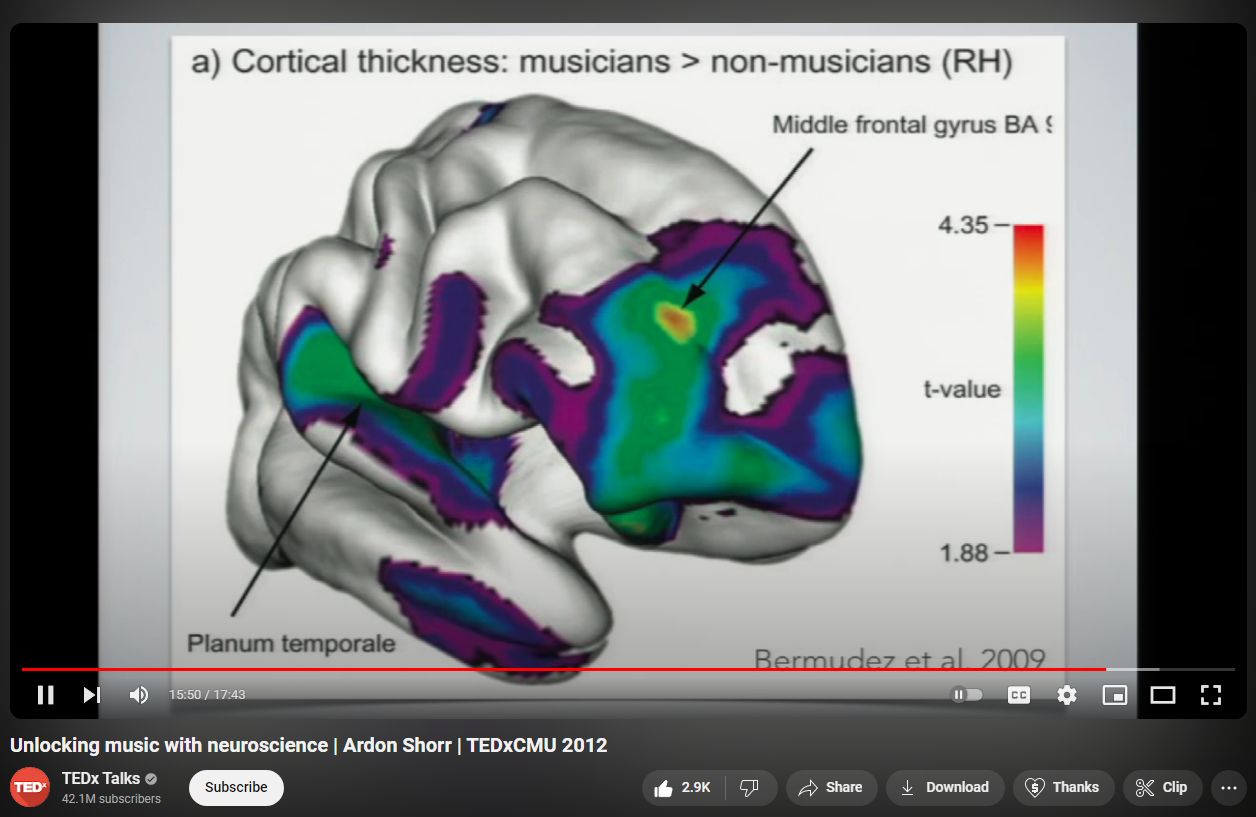Unlocking Music with Neuroscience Ardon Shorr
Ardon Shorr graduated from Oberlin College majoring in neuroscience and music theory, then taught fencing in Manhattan. He is currently pursuing a Ph.D. in biology at Carnegie Mellon with a research fellowship from the National Science Foundation.
Unlocking music with neuroscience is a fascinating area of study that combines the art of music with the science of the brain. Ardon Shorr, among others, has explored how our brains perceive, process, and are affected by music. This interdisciplinary approach seeks to understand not just the emotional and psychological impacts of music but also the underlying neural mechanisms that allow us to experience and create music.
Neuroscience and Music Perception
Neuroscience investigates how different parts of the brain are involved in music perception, including how we distinguish rhythms, melodies, and harmonies. Studies have shown that music activates a broad network of brain regions, including those involved in emotion, memory, and even motor control. For example, listening to music can stimulate the amygdala, which is involved in emotional processing, and the hippocampus, which plays a role in memory formation.

The Impact of Music on the Brain
One of Ardon Shorr’s interests lies in how music can affect our brains and bodies. Research in this field has revealed several significant impacts, such as:
– Mood Regulation: Music can evoke a wide range of emotions, from joy to sadness, and can be used effectively to regulate mood and reduce stress.
– Cognitive Enhancement: Certain types of music, or even just the act of playing an instrument, have been shown to enhance cognitive functions, including memory, attention, and problem-solving skills.
– Therapeutic Uses: Music therapy is an established field that uses music to address physical, psychological, and cognitive issues. It has been found effective in various settings, from pain management to helping individuals with Alzheimer’s disease improve their quality of life.
Music and Motor Coordination
A significant area of study is the connection between music and motor coordination. Playing an instrument, for example, requires precise timing and coordination between the hands, eyes, and brain. Neuroscience seeks to understand how practicing music influences the brain’s motor areas and how these skills transfer to other tasks.
Brain Plasticity and Music
Neuroplasticity, or the brain’s ability to form and reorganize synaptic connections, especially in response to learning or experience, is a key concept in the intersection of neuroscience and music. Studies have shown that musicians often have enhanced brain plasticity, which contributes to their improved auditory skills, and even changes in brain structure related to areas involved in playing their instrument.
Future Directions
Researchers like Ardon Shorr are interested in further exploring the connections between music and neuroscience. Future research could unlock more about the therapeutic potential of music, how music can enhance learning and development at various life stages, and even how music can be used to improve cognitive function in aging populations.
In conclusion, the intersection of neuroscience and music offers a rich field of study that holds the promise of deepening our understanding of both the human brain and the universal language of music. By unlocking the secrets of how music affects the brain, scientists and musicians alike can develop new approaches to education, therapy, and the enhancement of human life through the arts.

THE IMPORTANCE AND UTILITY OF GROUPINGS
Unlocking Neuro Learning Through Music: Insights from Ardon Shorr
Music is more than a source of entertainment—it’s a powerful tool that influences the brain’s ability to learn and adapt. Neuroscientist Ardon Shorr has explored the intersection of music and neuro learning, shedding light on how music can enhance cognitive development, memory, and emotional well-being.
The Brain on Music
Music engages multiple regions of the brain simultaneously, including those responsible for memory, motor skills, and emotions. Shorr emphasizes that this cross-activation creates a fertile environment for learning. For instance, rhythm stimulates the motor cortex, while melodies engage the auditory and emotional centers, resulting in a harmonious synergy that strengthens neural connections.
Music and Memory
One of Shorr’s key findings is the impact of music on memory retention. Songs and rhythms act as mnemonic devices, making it easier to encode and recall information. This is why educational settings often incorporate music to teach concepts like the alphabet or multiplication tables. Shorr’s research demonstrates that even complex subjects can benefit from musical integration, as it enhances the brain’s ability to organize and retrieve data.
Emotional Resonance and Learning
Music has a unique ability to evoke emotions, and these emotions play a crucial role in learning. Shorr highlights that emotionally charged experiences are more likely to be remembered, and music provides a consistent way to evoke such experiences. By creating an emotional connection, music helps solidify information in long-term memory.
Practical Applications
- Classroom Learning: Incorporating music into lessons can help students grasp and retain material more effectively. For example, using rhythm to teach patterns or melodies to explain historical events.
- Therapeutic Uses: Music therapy has shown promising results in helping individuals with cognitive impairments, such as dementia or ADHD, by leveraging the brain’s natural response to rhythm and melody.
- Self-Directed Learning: Shorr’s work suggests that listening to specific types of music while studying or practicing new skills can improve focus and memory retention.
The Future of Neuro Learning and Music
Shorr’s research paves the way for innovative methods of teaching and therapy. From designing musical curricula to creating personalized playlists for cognitive enhancement, the possibilities are endless. As we continue to unlock the brain’s potential through music, we may discover new ways to bridge the gap between science and creativity.
Conclusion
The intersection of neuroscience and music offers a fascinating glimpse into how we learn and grow. Ardon Shorr’s insights remind us that music is not just a cultural artifact but a profound tool for cognitive and emotional development. Whether in classrooms, therapy sessions, or personal growth journeys, music has the power to transform the way we think and learn.

